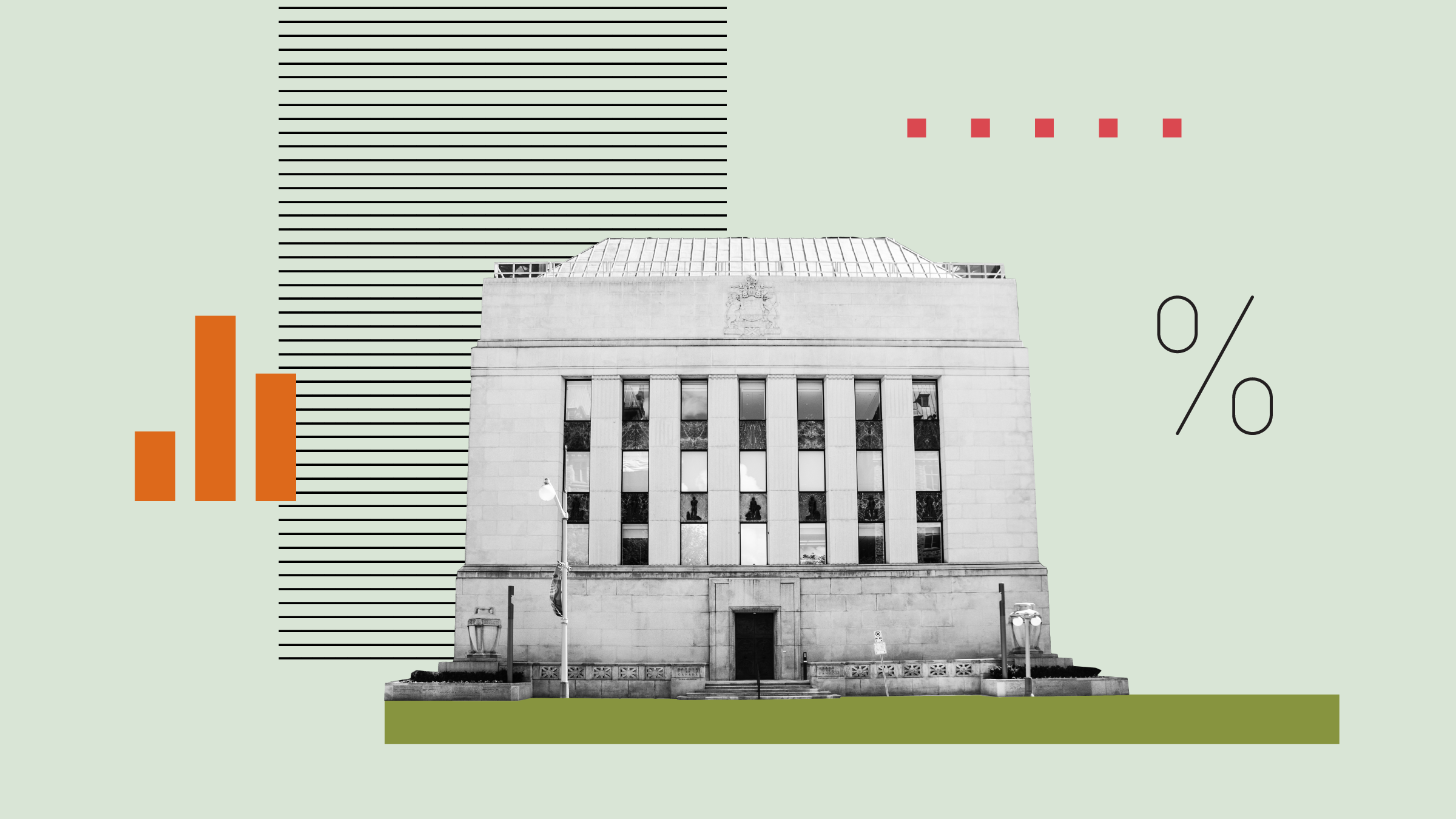
Canada’s annual inflation rate climbed to 2.0% in October, up from 1.6% in September, prompting economists to scale back expectations for another half-point interest rate cut by the Bank of Canada.
While higher than analysts’ estimate of a 1.9% rise, the latest inflation numbers are in line with the Bank of Canada’s target. The uptick in the Consumer Price Index was largely the result of higher gas prices, a substantial increase in property taxes, and other costs compared to the previous year, according to the latest Statistics Canada data.
The report, the final inflation update before the central bank’s December 11 rate decision, has shifted expectations among economists, with most now leaning toward a 25-basis-point cut at its last meeting for the year.
How Much Will the Bank of Canada Now Cut Rates?
Inflation returning to 2% signals that the broader economy is still on relatively stable footing. However, core inflation (which excludes volatile food and energy costs) came in at 2.6%, above most estimates of 2.4%. The October CPI suggests inflation pressures remain relatively strong, according to Ben Jang, portfolio manager at Nicola Wealth. “This will likely lower the odds of a 50-basis-point rate cut in December and guide the Bank of Canada to a more conventional 25-basis-point cut with inflation normalizing,” he says.
Royce Mendes, managing director and head of macro strategy at Desjardins Group, responded similarly, advocating for the Bank to implement a 25-point cut. “We expect market participants and economists who had been expecting a second consecutive 50-basis-point move [in December] to migrate to the quarter-point camp,” he says.
Economists are now turning attention to the upcoming GDP numbers on Nov. 29 and the next jobs report on Dec. 6 to look for any signals that could necessitate another large rate cut.
Tuesday’s CPI report “result should take some more steam out of the call for another 50-basis-point rate cut from the Bank of Canada in December,” wrote BMO chief economist Douglas Porter in a note to investors. With the expectation of big upward revisions to [the upcoming] GDP, “we’ll need to see a truly tough [November] jobs report to prompt another aggressive cut,” he adds.
Dustin Reid, vice president and chief strategist, fixed income at Mackenzie Investments, continues to lean “[toward a] 50-basis-point [cut] ahead of a few more key data points before the Bank of Canada’s December meeting.” The Canadian central bank started its cycle of monetary policy easing this year in June, and it has since cut the benchmark interest rate four times, including a supersized cut at its last meeting. “Currently at 3.75%, the central bank would consider its policy rate restrictive, and it will likely want to bring it inside the estimated 2.25% to 3.25% neutral range in the coming quarters,” Reid says.
What the CPI Numbers Reveal About the Canadian Economy
After the previous month’s dip in inflation, most economists expected a reversion closer to 2% year over year. “That is what we saw,” says Jang. “Gasoline continues to be a drag, but to a lesser extent, with CPI ex-gasoline up 2.2%.”
The inflation report shows a slower rise in shelter prices was offset by higher food prices, particularly in fruits and vegetables. However, the rate at which shelter prices grow could have an oversized impact on the Canadian economy. “It is important to see shelter prices slowly migrate towards more normal levels, as a quick reacceleration would be more problematic in terms of the Bank of Canada’s rate decision,” says Jang.
Housing—including residential investments such as new home building, renovations, and real estate services—accounts for a large component of the Canadian GDP. As many as three housing sub-components—mortgage interest costs, rents, and property taxes—were among the top five contributors to annual inflation.
Reid says that while October’s inflation data appears to suggest that aggregate demand across the economy might not be as weak as some had been expecting, “additional information about the consumer’s behavior in the third quarter needs to be released before we know with more certainty.”
What the CPI Report Means for Markets
The latest inflation rate is unlikely to change the long-term outlook for Canadian investors. Interest rates in Canada—both the central bank’s policy rate and bond yields for short- and medium-term investment—still seem too high and need to come down, according to Reid. “This should prove constructive for Canadian fixed-income investors,” he says, but he warns this likely means a weaker Canadian dollar versus the US dollar in the months ahead.
The loonie has been steadily weakening against the US dollar this year—a trend analysts expect could continue. This is driven by anticipated further rate cuts from the Bank of Canada and a growing divergence in the economic recoveries (and consequently, the currencies) of neighboring countries. “The larger driver for Canadian investors will continue to be the evolving US policy narrative, both from the Federal Reserve and the incoming Trump administration,” says Reid.
A significant decline in the loonie could offer a silver lining for Canadian investors holding foreign stocks or funds. When these investments are converted back to Canadian dollars, they gain an additional boost from the weaker currency.
Jang advises focusing on quality businesses with resilient balance sheets trading at attractive valuations. “The Bank of Canada is still on a path for more interest rate cuts, which should support dividend-paying stocks with a relative yield advantage,” he says. He adds that sectors like telecommunications and real estate investment trusts stand out for their record of delivering sustained and growing dividends, making them attractive options in the current environment.
The author or authors do not own shares in any securities mentioned in this article. Find out about Morningstar's editorial policies.